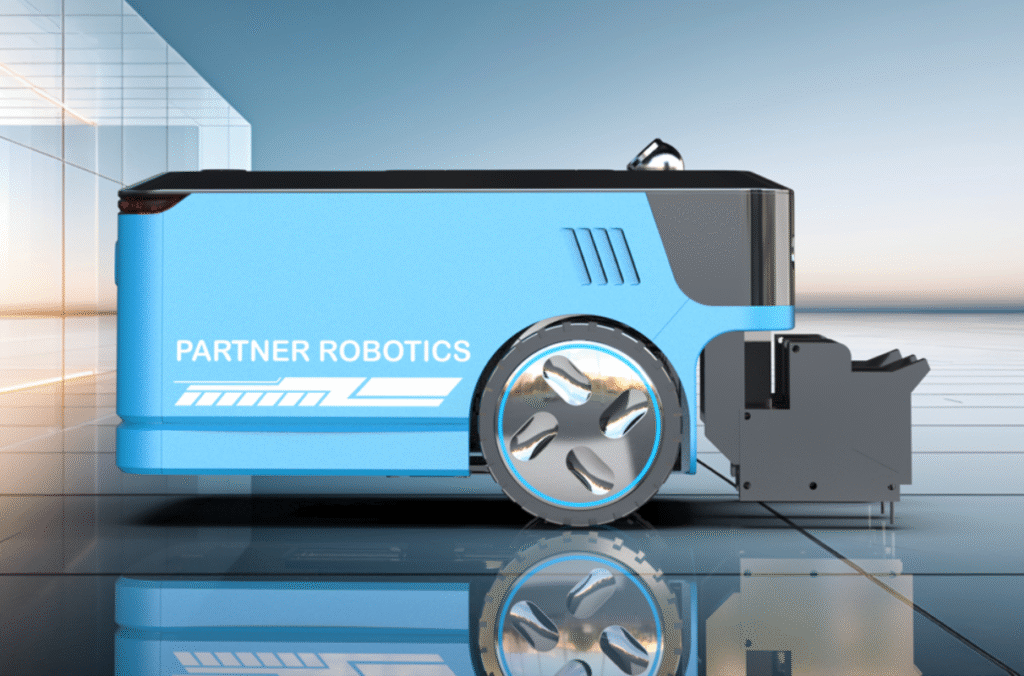What is Scribing Robot and How it Reduces Layout Work
Scribing robots are designed to automate one of construction’s most precise and repetitive tasks — the layout or marking process. In traditional building projects, workers manually mark floors, walls, and ceilings to indicate where partitions, openings, or utilities should be installed. This step is critical, as every trade depends on these markings for accurate alignment. However, manual scribing is time-consuming and prone to human error.
By contrast, scribing robots use advanced sensors, digital layout data, and precision control systems to mark construction surfaces automatically. They can complete layout work much faster and with a higher level of consistency. As construction sites become increasingly digitized, scribing robots are helping bridge the gap between digital design models and on-site execution.
An example: L3000 from Partner Robotics
The L3000 Intelligent Scribing Robot from Partner Robotics brings automation and precision to layout and marking tasks across multiple construction phases. It’s built to perform accurate scribing for both structural and finishing stages, translating digital floor plans directly onto the work surface. Also see the public announcement on Yahoo Finance about the robot.

Key Features:
Precision marking: Automated and highly accurate scribing for complex layouts.
Multi-phase support: Works across structural, mechanical, and finishing stages.
Speed and efficiency: Achieves much higher productivity than manual marking.
Versatile use: Operates on floors, walls, ceilings, and near openings.
Digital integration: Uses design data to guide exact on-site marking.
Benefits:
- Reduces labor costs and material waste.
- Improves project accuracy and trade coordination.
- Enhances quality control through consistent marking.
- Speeds up workflows and minimizes delays from layout errors.
- Increases site safety by automating repetitive or awkward positioning work.
Specs:
Overall Size (mm): 506x316x263
Weight: 21 kg
Endurance Time: At least 5 hours
Charging Time: 2 hours
IP Level: IP 54
Speed: 200 m2/h
Source: Partner Robotics
Post By: A. Tuter
Terms of Use:
Copying or republishing our content without written permission is prohibited. We maintain dated records. Content may be inaccurate or incomplete, and use is at your own risk. All trademarks and brands seen in this post belong to their respective owners and they are displayed here for informational purposes only, with no intent to infringe or imply endorsement by or from this website. Also see our Terms page.
